This is a tourism video of the beautiful Spain !
SPAIN
Spain all in one page !
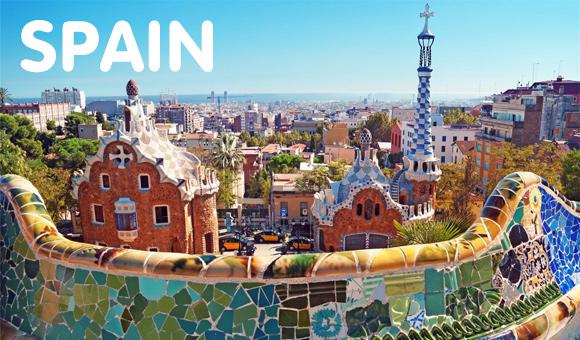
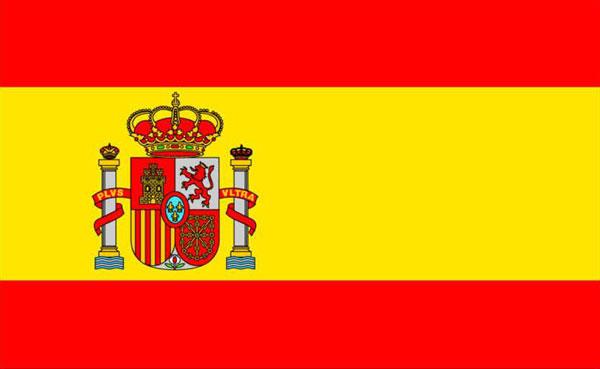
Spain's flag was adopted December 19 , 1981. The red and yellow colors on the flag represented the original kingdoms. The Spanish flag also contains a coat of arms containing the pillars of Hercules , which represents Gibraltar and Cueta.
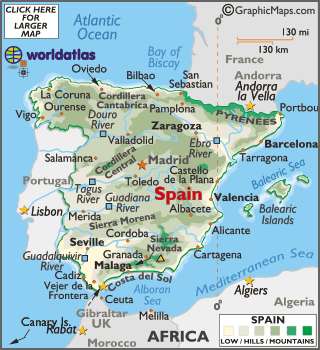
This is the capital of Spain with the surrounding countries and bodies of water.
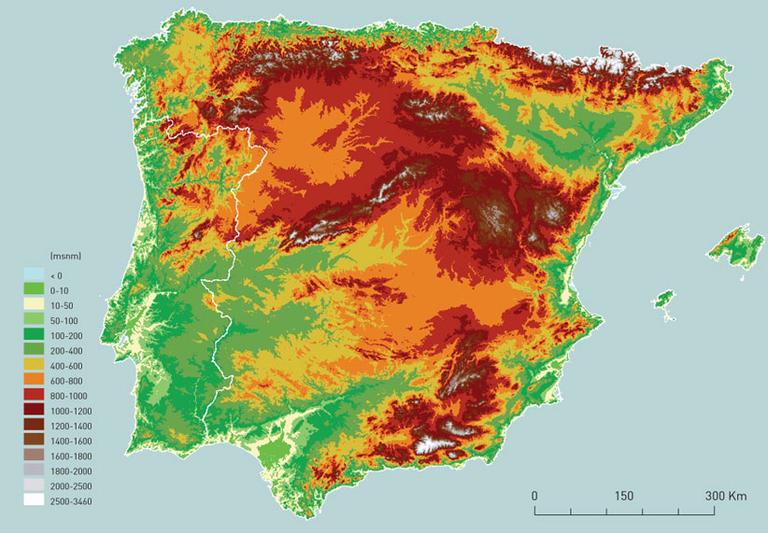
This is the Topography of Spain !!
The History of Spanish Language in Spain
( the before and after )
The history of the Spanish language in Spain and the origin of the dialects of Spain begin with the linguistic evolution of Vulgar Latin.
The Spanish Language can be traced back to the Indo-European language family. Around 2000 years before the birth of Christ, Celtiberians spoke an early Celtic language.
The inhabitants of this region, an area later referred to by scholars as Hispania, started learning Latin from the Romans. The combination of the Celtic language and Latin evolved into what is referred to by many as Vulgar Latin. Vulgar Latin was an adapted form of Latin that used phrases and words that were different from traditional Latin.
New Year's Day
(special holiday)
Like most other countries, Spain officially recognizes the first day of the new calendar year as a holiday. New Year's Day is traditionally observed at the stroke of midnight on New Year's Eve by consuming 12 grapes. The significance of the 12 has to do with the months, of course, and the grapes themselves are intended to ensure happiness each month. Spaniards celebrate New Year's Day with fireworks but also by eating chocolate with fritters, or chocolate con churros.
Prado Museum
The Prado Museum opened for the first time on November 10, 1819. Thanks to the determination of Isabella of Braganza, married to King Ferdinand VII, the building that Juan de Villanueva had initially designed to house the Natural History Cabinet finally accommodated an important part of the royal collections. Years of private donations and acquisitions enlarged the museum's collection.During the Spanish Civil War, the artworks were protected against possible bombings by sacks of sand and were stored in the basement of the museum.
King Ferdinand and Queen Isabella
Tribunal Seal of the Inquisition Reigning monarchs during Spain's expansion into the New World, they financed Columbus's voyage in 1492 that led to his momentous discovery. Known as the "Catholic King and Queen," their singular devotion to Christianity and religious intolerance led Ferdinand to become the chief architect of the Spanish Inquisition.
Christopher Columbus
Explorer credited with the discovery of the New World. An Italian by birth, his Spanish monarchy-supported expedition in 1492-the first of four-resulted in Spain's colonization of several Caribbean islands and parts of Central and South America. Symbols include the globe, the ship, and the Maltese or Seafarer's Cross.
CARLOS V
Carlos V was the last great emperor of the world. His empire was huge and included Belgium, Holland (Netherlands), Germany, Austria, southern Italy, the city of Milan (in northern Italy), Spain and all of South and Central America that was discovered to that point. He spent his entire time as Emperor trying to preserve the unity of Europe. The only major kingdom over which he had no control was France.
EL CID
He offered his services to the Ruler of Saragossa in northeastern Spain. The Ruler of Saragossa was the arabic leader, al-Mu'tamin. In 1082 he defeated the Moorish (arabic) king of Lérida and the king's ally, the Count of Barcelona. In 1084 he defeated a large army lead by King Sancho
Ramírez of Aragon.
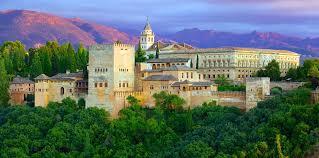
The Alhambra and Generalife Gardens, Granada
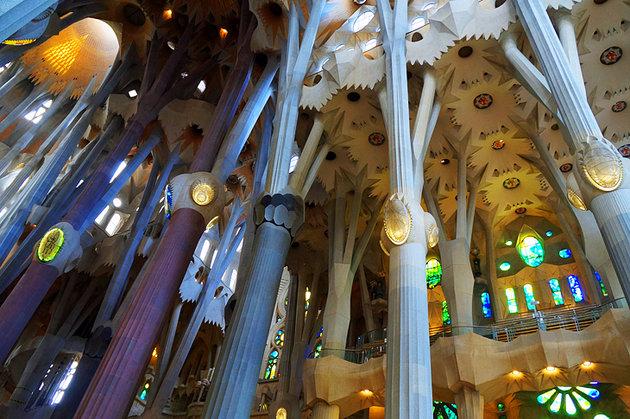
Barcelona's Sagrada Familia and Gaudi Sites
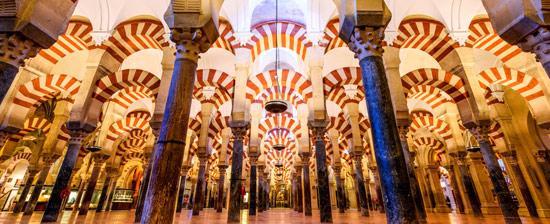
The Great Mosque Of Cordoba (Mezquita)
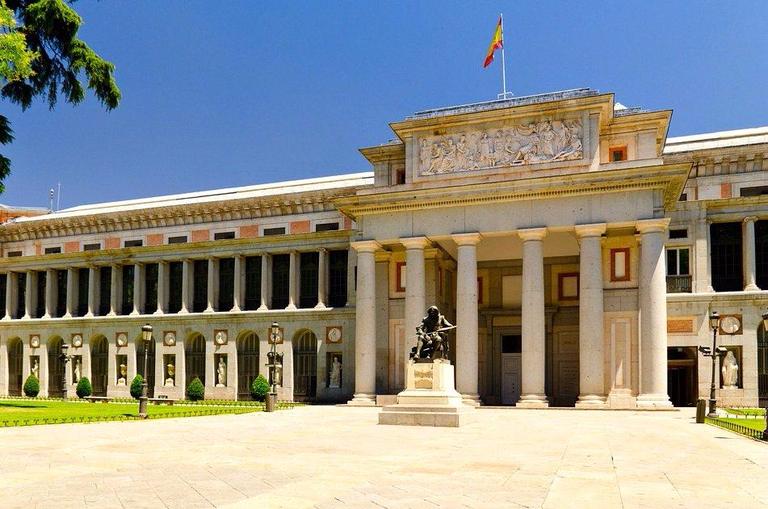
The Prado and Paseo del Artes, Madrid
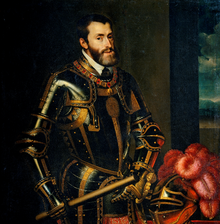
Charles V
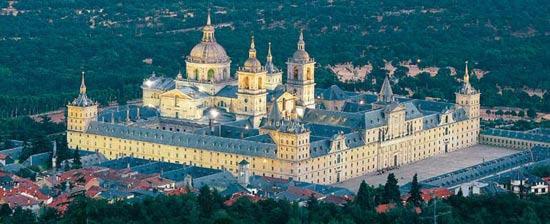
San Lorenzo de El Escorial
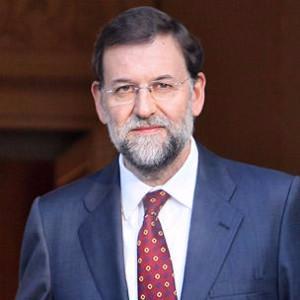
The President of the Government (Spanish: Presidente del Gobierno), formally known by English-speaking nations and formally translated by the European Commission Directorate-General in English as Prime Minister, is the head of the government of Spain. The current office is established under the Constitution of 1978
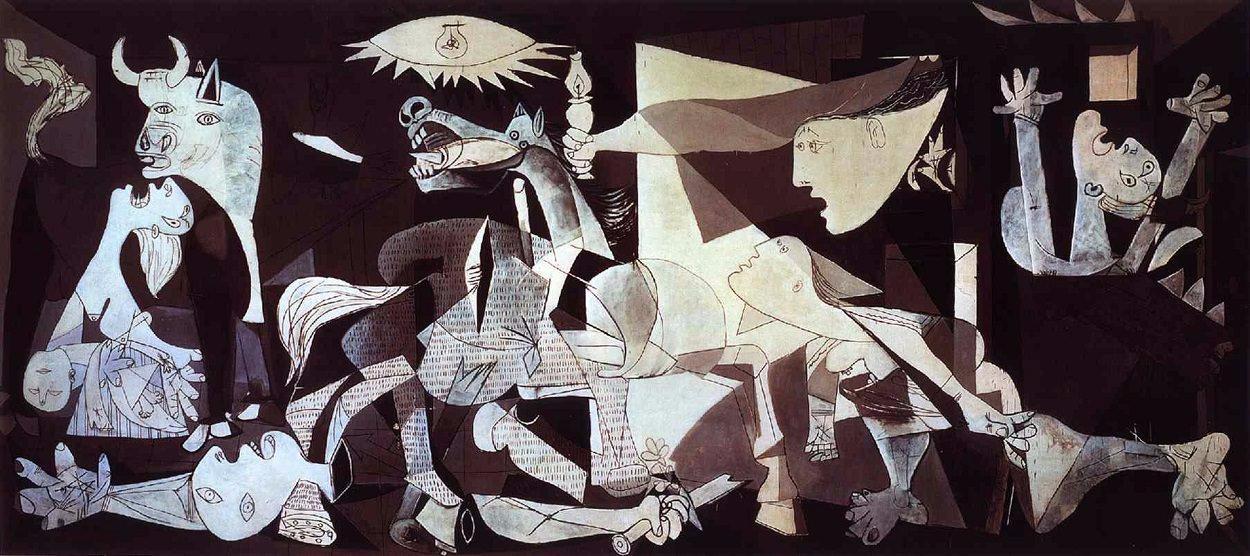
This Picasso masterpiece was painted in response to the German bombing of the Basque town, Guernica, during the Spanish Civil War. With its shattered images of people, animals, and light, it is just as powerful of an anti-war statement today as it was then.
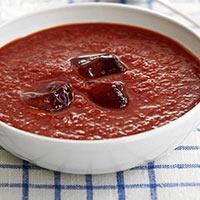
Gazpacho - The reddest, ripest tomatoes, olive oil, garlic, bread, peppers and cucumber are blended until silky smooth, then chilled and poured into bowls or glasses
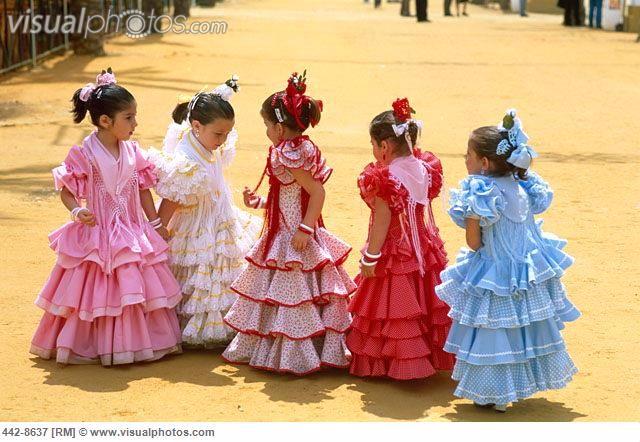
In Spain, wearing shorts is a dead giveaway that you're a tourist. Locals always wear pants, or skirts, and dresses that go past their knees. According to the dress code in Spain, it is common for both men and women to wear nice trousers or jeans on a daily basis, despite the heat
Pollo al ajillo
Any Spaniard will tell you that the best garlic chicken ever is the one their grandmother makes. And of course they are right. Unpeeled cloves of garlic are fried in olive oil to flavour it, then taken out before adding pieces of chicken. When that is cooked, the garlic goes back in with some rosemary, thyme and some dry sherry or white wine. But there is no definitive recipe for this much-loved dish.
important / famous people
Queen Isabella (1451 - 1504)
The Queen of Castile and Leon, she played a key role in reorganising the government and brought the crime rate down to record lows. She also financed Christopher Columbus's voyages to the Americas, and had a really quite impressive seven children.
2. Hernando Cortes (1485 - 1547)
This Spanish Conquistador is best known for leading the expedition that devastated the Aztec Empire, and was one of the first Spanish settlers to begin the colonisation of the Americas. He was eventually named Marques del Valle de Oacoaca. Catchy.
3. Miguel de Cervantes (1547 - 1616)
This is the guy that, arguably, invented the modern novel when he wrote Don Quixote. It's widely regarded as one of the greatest works of fiction ever created, and his influence on the Spanish language was so profound that it is sometimes referred to as 'The Language of Cervantes.'

Tortilla Española - Spanish omelette Eggs, potatoes, onions… that’s it – and some purists even consider that adding onion is a gastronomic crime of the highest order
Go to this website to learn what happened before and after the Spanish arrival
http://aztecs.mrdonn.org/spanish-arrival.html
